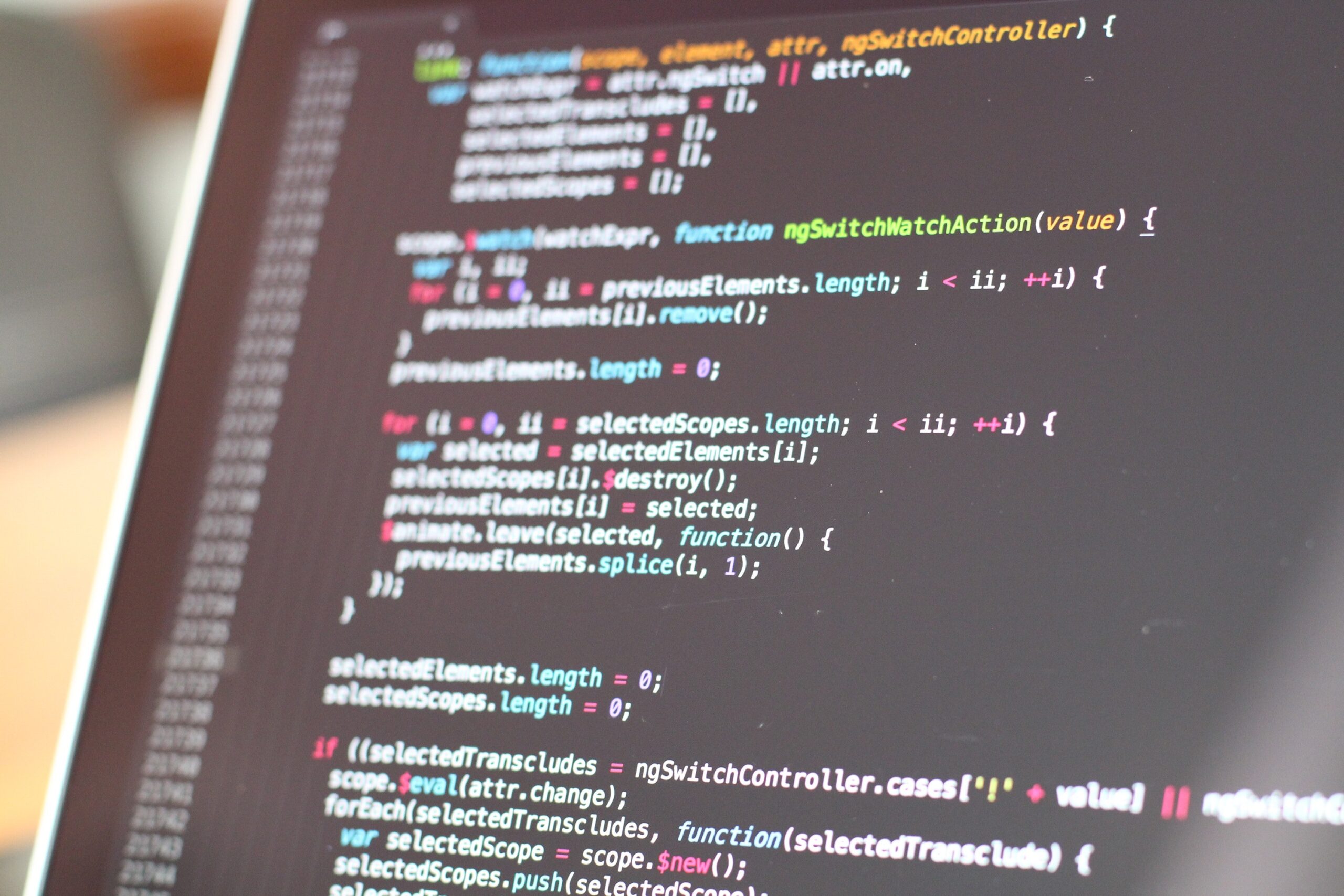In Java, the printf() method is used for formatted output. The printf() method provides a way to format output using placeholders that will be replaced by actual values at runtime. This can be very useful for generating reports, formatting output to be displayed on screen, or any other time where you need to output data …
In Java, the printf() method is used for formatted output. The printf() method provides a way to format output using placeholders that will be replaced by actual values at runtime. This can be very useful for generating reports, formatting output to be displayed on screen, or any other time where you need to output data in a specific format.
The printf() method is part of the PrintStream class and can be used to print formatted output to the console or to a file. The method takes a format string as its first argument, followed by one or more arguments that correspond to the placeholders in the format string.
Format String Syntax
The format string is a string that contains placeholders for values that will be replaced at runtime. Placeholders are denoted by a % character followed by a format specifier. The format specifier specifies the type of data that should be printed and how it should be formatted.
Here’s an example of a format string:
String name = "John";
int age = 30;
System.out.printf("My name is %s and I am %d years old.", name, age);In this example, %s is a placeholder for a string value, and %d is a placeholder for an integer value. The printf() method replaces the placeholders with the actual values of name and age, respectively.
Here are some common format specifiers and their meanings:
| Format Specifier | Description |
|---|---|
%s | String |
%d | Decimal integer |
%f | Floating point number |
%c | Character |
%b | Boolean |
%e | Scientific notation |
%n | New line |
You can also use flags and width specifiers to format the output. For example, you can use the - flag to left-justify the output, the + flag to show the sign of a number, and the 0 flag to pad the output with zeros.
Here’s an example that uses width specifiers:
int num = 42;
System.out.printf("The number is %5d.", num);In this example, %5d specifies that the integer value should be printed in a field of width 5. If the integer value is less than 5 digits, it will be padded with spaces on the left.
Formatting Dates and Times
Java also provides formatting options for dates and times using the SimpleDateFormat class. You can use the SimpleDateFormat class to format dates and times in a specific format.
Here’s an example that uses the SimpleDateFormat class:
import java.text.SimpleDateFormat;
import java.util.Date;
public class Main {
public static void main(String[] args) {
Date now = new Date();
SimpleDateFormat formatter = new SimpleDateFormat("dd/MM/yyyy HH:mm:ss");
String formattedDate = formatter.format(now);
System.out.println("Formatted date: " + formattedDate);
}
}In this example, we create a SimpleDateFormat object that specifies the format of the date as dd/MM/yyyy HH:mm:ss. We then use the format() method to format the current date and time in the specified format.
Formatting with printf() in Java is a powerful tool for generating formatted output. You can use placeholders and format specifiers to specify the type and format of the output. Java also provides options for formatting dates and times using the SimpleDateFormat class. By using these tools, you can generate output that is easy to read and understand, and that meets the requirements of your application.






